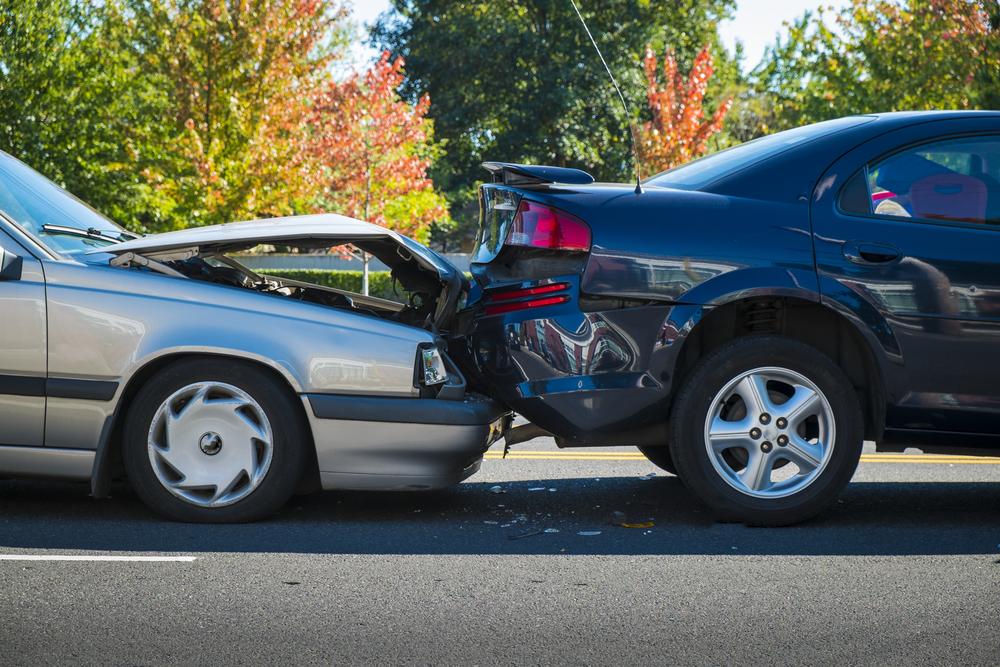Things you need to know about breakdown cover
When your car suddenly faces a mechanical breakdown, it can be stressful and inconvenient. Having a breakdown cover can not only get you out of this pickle quickly, but it will also leave you feeling much peaceful whenever you take your car out for a drive, knowing you won’t be just stranded somewhere. However, before zeroing in on a breakdown cover policy, you need to make sure that you know the what, why, how and how much of breakdown cover.

Common reasons for a breakdown
Some of the most common reasons for a breakdown are faulty batteries, flat tires, lost keys, engine and fuel problems, unreliable clutches, etc.
What is breakdown cover?
Most of the standard breakdown insurance policies offer roadside rescue and roadside recovery in their entry-level package of service itself. For instance, AARP’s Standard plan includes
nationwide towing (up to 5 miles), flat tires changes, battery boost and even fuel delivery in the basic plan. Essentially, breakdown cover could have the following three broad features to it:
Roadside recovery This is the most basic form of breakdown cover and typically provides help in getting one’s stalled vehicle started and transporting the user and his/her car to the nearest garage, if necessary.
Vehicle recovery Vehicle recovery goes one step ahead of roadside recovery and includes the option of ensuring that the owner and his/her car are returned to their intended destination or even their home.
Interruption cover This is a popular option in roadside assistance in the US, where if one is travelling more than a specific number of miles from home (usually 100) and the trip gets interrupted due to accidents or due to the vehicle being stolen.
Who is breakdown cover suitable for?
Breakdown cover is a great investment for any person who travels by any motorized vehicle regularly. It could also prove to be particularly useful to commuters and business travellers, to those who regularly rive to remote areas or at night, and to anyone who owns and drives older vehicles.
Exclusions to look out for
It is also important to know what aspects aren’t included in your breakdown cover. For instance, fuel delivery is free, but the fuel needs to be paid for. One needs to particularly look out for the limiting numbers in your breakdown cover, such as number of miles, number of calls, breaking down for the same reason, etc., beyond a certain limit which it will cost you.




